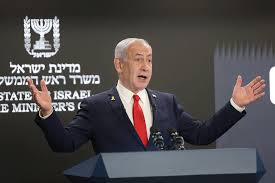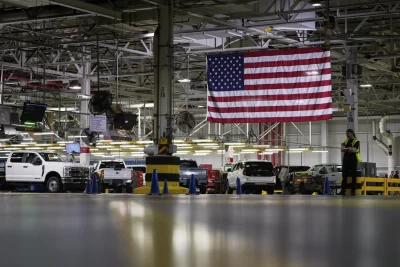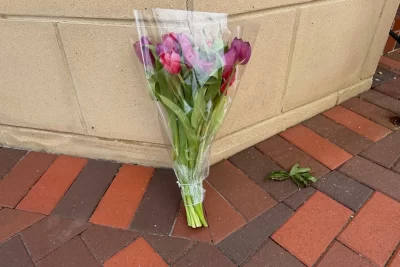
BERLIN (AP) — Russian President Vladimir Putin said after hosting Germany’s chancellor that Moscow was ready for talks with the United States and NATO on military transparency, missile deployment limits and other security issues.
Putin’s statement on Tuesday added to signs of easing tensions over a Russian military buildup near Ukraine and fears of a possible invasion. Hours earlier, Russia announced that some units participating in military exercises would begin returning to their bases.
The Kremlin had signaled Monday that it was still possible for diplomacy to head off what Western officials have said could be an imminent invasion of Ukraine. But much remains unclear about Russia’s plans and how the crisis will play out.
The news came a day after Western officials said some forces and military hardware were moving toward the Ukrainian border, muddying the picture. Russia denies it has any plans to invade Ukraine, despite placing troops on Ukraine’s borders to the north, south and east and launching massive military drills nearby.
Russia has massed more than 130,000 troops near Ukraine. While the U.S. agreed that there was still a possibility of a diplomatic path out, the country, along with the U.K. and other allies, have kept up their warnings that those forces could move on Ukraine at any moment.
At a meeting with Putin on Monday, Russian Foreign Minister Sergey Lavrov indicated that Russia was ready to keep talking about the security grievances it has raised during the crisis.
Asked Tuesday about troops returning to permanent bases after exercises, Lavrov stressed that Russia holds military drills “on its own territory and according to its own plans, they start, go on and end as planned.”
A U.S. defense official said Pentagon analysts were reviewing the situation and had nothing to share publicly at this time. The official spoke on condition of anonymity to discuss internal deliberations.
Speaking alongside Putin in Moscow, German Chancellor Olaf Scholz said: “That we are now hearing that some troops are being withdrawn is in any case a good signal, and we hope that more will follow.”
Ukraine’s leaders voiced skepticism, and others also were cautious.
“Russia constantly makes various statements,” Ukrainian Foreign Minister Dmytro Kuleba said. “That’s why we have the rule: We won’t believe when we hear, we’ll believe when we see. When we see troops pulling out, we’ll believe in de-escalation.”
French government spokesman Gabriel Attal said France was trying to confirm the information about Russian troop movements and he would speak “carefully.”
“But if confirmed, that’s obviously a good thing. That would be a sign of de-escalation, which we have been calling for for several weeks. That would also confirm that we were right to reinitiate dialogue,” Attal said. French President Emmanuel Macron met with Putin in Moscow last week.
NATO Secretary General Jens Stoltenberg said that “so far, we have not seen any de-escalation on the ground, not seen any signs of reduced Russian military presence on the borders of Ukraine.”
Stoltenberg said Russia has in the past moved into areas, like Belarus, with troops and equipment, then pulled back while leaving military material in place for rapid use later. He said that NATO wants to see a “significant and enduring withdrawal of forces, troops, and not least the heavy equipment.”
However, Stoltenberg said there are “some grounds for cautious optimism” for diplomatic efforts given the signals coming from Moscow.
British Prime Minister Boris Johnson said Russia was sending “mixed signals.”
“We are seeing Russian openness to conversations,” Johnson said after a meeting of his government’s COBRA crisis committee. “On the other hand, the intelligence we are seeing today is still not encouraging.”
He said Russia continued to build field hospitals in Belarus near the Ukrainian border, which “can only be construed as preparation for an invasion.”
Putin noted after his talks with Germany’s Scholz that the U.S. and NATO rejected Moscow’s demand to keep Ukraine and other ex-Soviet nations out of NATO, halt weapons deployments near Russian borders and to roll back alliance forces from Eastern Europe.
But the U.S. and NATO agreed to discuss a range of security measures that Russia had previously proposed.




